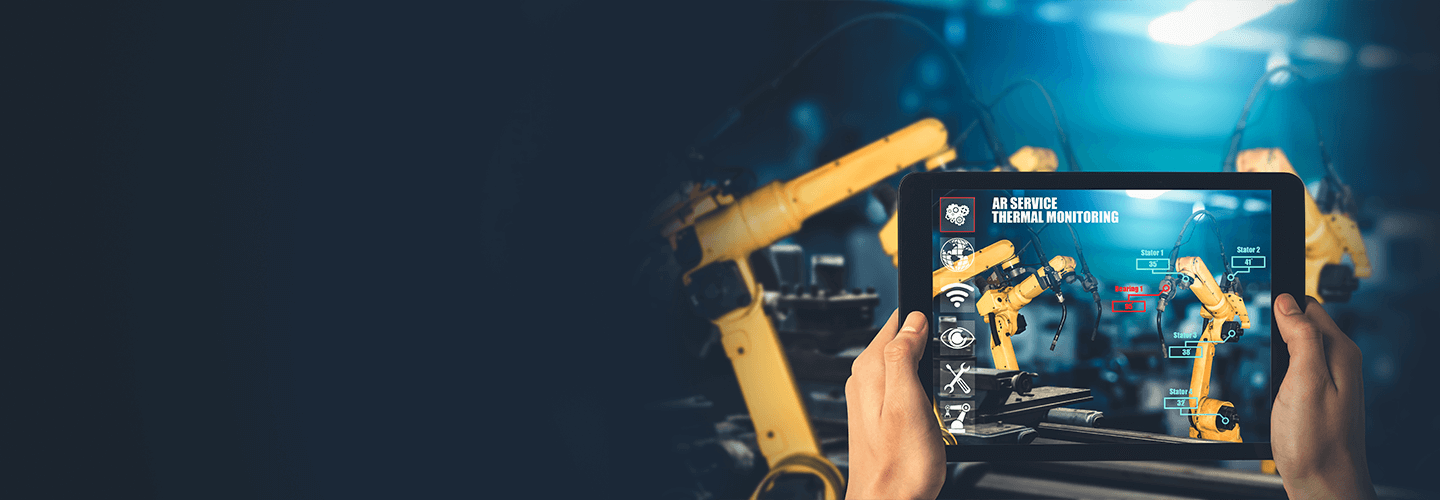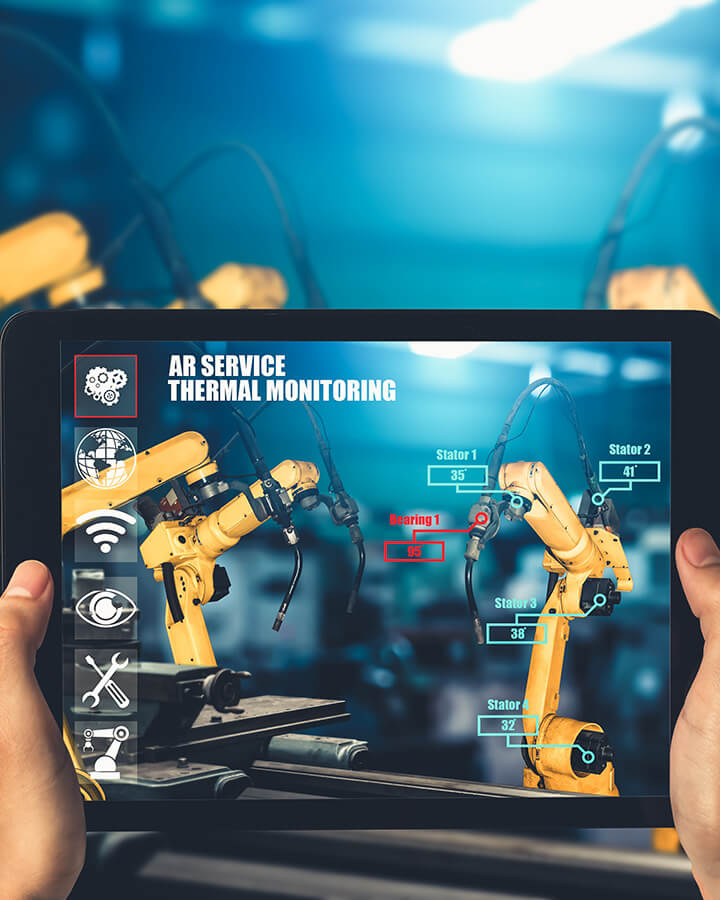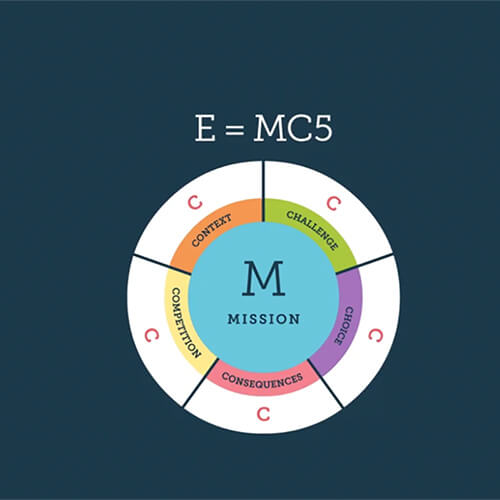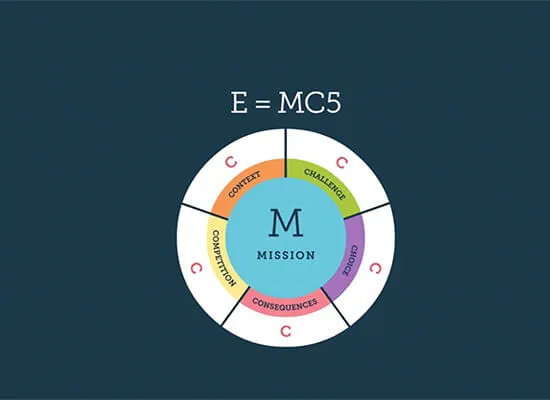Architecting Modern Learning Experiences
Twenty years ago, the landscape of learning was fairly simple. With learning modalities limited to virtual instructor-led, instructor-led, or web-based training and a handful of LMS options, the learning function was viewed as more of a support function.
Today, L&D has truly evolved and there is an explosion of technologies and modalities with a plethora of options for learners. L&D is truly at the epicenter of change and there is a lot of pressure on learning leaders to engage learners on the one hand and deliver business impact on the other.
What Constitutes a Modern Learning Experience?
At NIIT, we believe that a modern learning experience should account for every stakeholder in the learning ecosystem. At its core, it should be designed as a hyper-personalized and engaging experience for the learner and effect real behavior change. This behavior change should then map to tangible business impact whether it is improvements in skill development, performance, time to competence or any other challenge that your business is trying to solve through effective learning. Finally, it should help learning leaders not only prioritize what is really best for learners but also provide measurable data and insights that you can take back to your business. This entire engine needs to be fueled by efficient learning operations that help your L&D function continuously improve and perform when new development never lets up.

Hyper-Personalized and Learner-Centric
A modern learning experience must be learner-centric and include hyper-personalized role, tenure, and performance-based learning journeys incorporating custom and curated content in a variety of modalities. It must enable learners with extensive features like social and collaborative learning, role plays, skills practice, microlearning nuggets, coaching and mentoring to improve productivity and performance. The inclusion of AI–powered learning recommendations, gamification, digital credentials and leaderboards that mimic digital consumer platforms motivates digitally fluid learners. Learning leaders have to create learning ecosystems that enable learners to learn on demand in the flow of work.

Aligned with and Designed to Solve for the Business
L&D leaders must not only align learning priorities with business priorities and goals, but they must also define a learning strategy that will help drive behavior change and business impact in measurable terms like improved productivity, proficiency or time to competence. They should also ensure that while learning should be engaging, it should also be challenging enough to take learners out of their comfort zones in order to be effective. Learning designers therefore need to first think about how to design training that works. The learning need—what employees should know and be able to do at the end of the training—should be our primary focus when solving for the business.
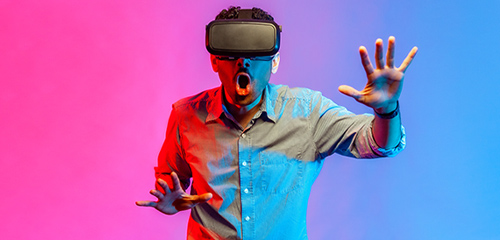
Authentic Experiences that Deliver Organizational Readiness
When airlines train pilots, or when the military trains combat teams, their learners pursue exciting missions in highly realistic contexts, confront complex and meaningful challenges, see dramatic playouts of the consequences of the decisions they make, and receive just-in-time coaching. Learning is critical to their success whether it is responding to an emergency aircraft landing or tactical and survival skills in enemy terrain. This form of experiential learning delivers true organizational readiness and should be at the core of any learning strategy. Learning design needs to move from designing courses to designing authentic experiences that are engaging and dramatic, and effectively model the decisions that learners will find themselves making in the real world.

Built on the Principles of Natural Learning
Virtually all credible, researched theories of learning agree that people learn best by doing. This involves a natural goal, a prediction of how that goal can be achieved, an action that attempts to realize the prediction, a result that violates the prediction, an analysis of the expected failure, and the long-term encoding of modified predication into long–term memory. The only effective way to build skills in any situation is to engage learners in realistic, deliberate practice with feedback. This means working much harder to understand which portions of our learners’ context are critical to a learning experience, and then simulating that context as realistically as possible.

Fluid and Delivered in the Flow of Work
The modern learner expects a virtual platter of modalities and learning offerings to choose from. This means learning leaders must create a learning environment that custom learning content is fluid and supplemented with a variety of related content options from podcasts to YouTube videos, Tik Tok shorts and Ted Talks to ebooks and curated articles. This is not all. Learning leaders also need to adopt best practices from other functions in order to be effective. This means applying marketing strategies to drive learning adoption or using analytics for demand planning or utilizing robotic process automation to automate manual and time-consuming tasks.

Meaningful Metrics that Measure What Matters
Ultimately, the success of any learning ecosystem depends on the results it delivers. The modern learning ecosystem must be integrated with HRIS systems to deliver meaningful insights and reports that are aligned with business goals. With an AI–driven learning ecosystem, business and learning leaders can get meaningful insights into organizational readiness, skill development, demand planning, optimizing learning spend and delivering business impact. Learners can also benefit from metrics and insights on performance improvement, productivity and proficiency. The learning ecosystem can also be a driver of business transformation. Whether it is driving sustainable goals, culture change, employee wellness initiatives or creating DE&I awareness, the learning ecosystem can help you measure what matters.
Discover why Leading Companies Trust us to Deliver
Modern Learning Experiences with Transformative Business Impact.
Insights
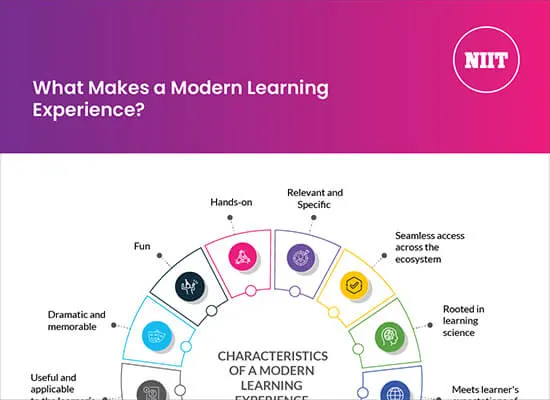
What Makes a Modern Learning Experience?
Elements of a digital fluent learning ecosystem that enables modern learning experiences.
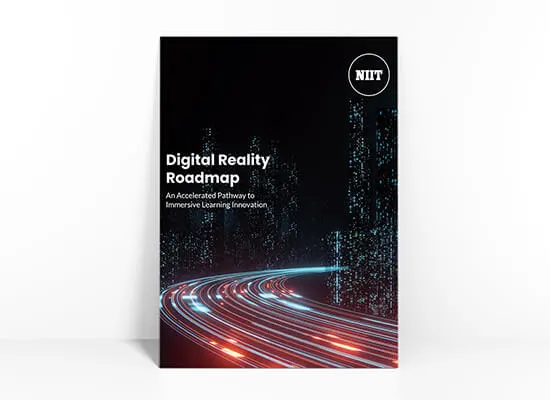
Digital Reality Roadmap
Many organizations want to explore immersive learning but don’t know where to start. Our digital reality roadmap can help.
E=MC5: The New Equation For Learning
Our simple yet effective E=MC5 formula helps ensure learner engagement and learning impact through a sound instructional design approach.

5 Marketing Strategies That Can Drive Learner Engagement
How can you apply the principles of marketing and engagement to drive learners to complete your new training program? Here are five ways.
